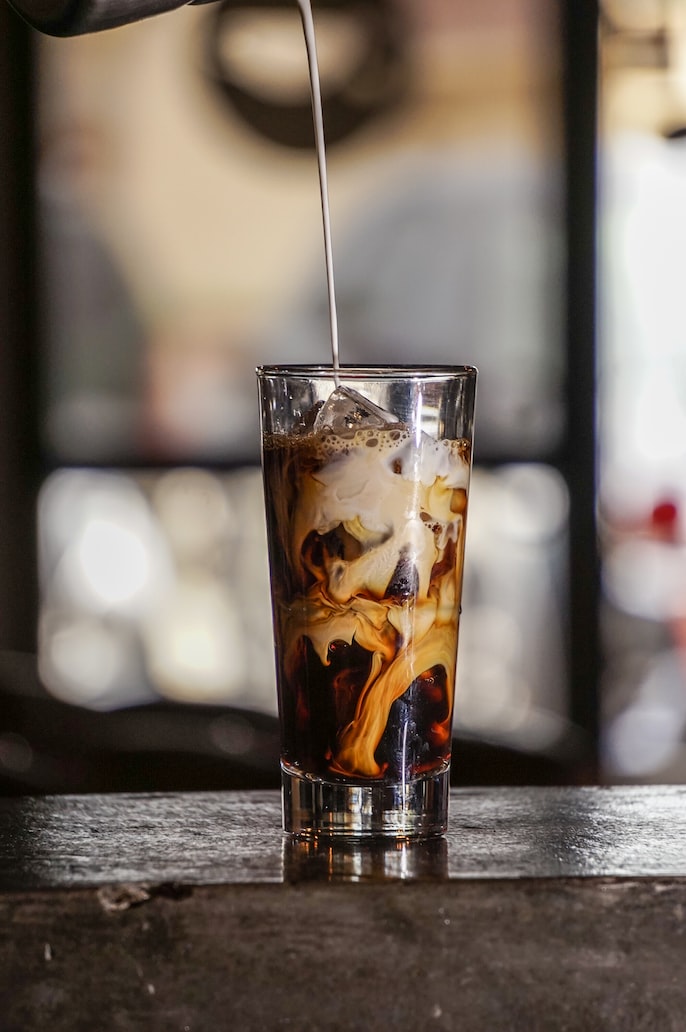Cold Brew Brewing Guide
Cold brew has an interesting story. It’s believed to have been invented in Japan around the 18th century, a time when all coffee brewers in use today didn’t even exist!
Dutch sailors, the only ones allowed to enter Japan at the time, learned this method from the Japanese and then brought it back to the West with them and although it wasn’t very popular for a while there, the invention of refrigeration gave new life to cold brew.
What once was a way to simply brew coffee without hot water became almost an art - cold brew coffee.
How to make cold brew coffee
While there are many ways of making cold brew, the most traditional and most satisfying one is making it in a mason jar: that’s the method we’ll be using here.
The Brew
Cold brew is syrupy, and has a wine-like feeling to it because it brings forth a lot of acid and fruit-like flavors, with almost none of the negative flavors of coffee, like bitterness.
How to make it
What you’ll need:
- A colander
- A mason jar
- Patience
Dosing and brew time:
- 125 grams ground coffee, coarse
- 12-24 hours, depending on desired strength
- 1:4 ratio applied here - you can also opt for a 1:2 ratio by using double the amount of coffee (250)
Instructions:
- Grind your selected beans to the coarsest setting possible.
- Next, and this is very important: sift the grounds. This will filter out loose fine particles (of which there’ll be more than you think), which threaten to make your cold brew too bitter. If you skip this step, you risk your brew to become a little too bitter and acidic. Plus, a small clump of mud-like grounds will form at the bottom of your decanter.
- Pour the grounds inside your container.
- Using distilled or filtered water, preferably already cold or at room temperature, pour 500ml of water.
- Stir lightly using wooden cutlery or similar, then seal the container.
- Wait a minimum of 12 hours and a maximum of 24 hours.
- Now, and before serving, transfer your brew to another container using a colander to separate the grounds from the brewed coffee.
- Store or serve immediately. The colder, the better!
Quick tips
#1 Use arabica
Because of the close coffee-to-water ratios, most places resort to using robusta coffee, which is cheaper. But robusta doesn’t have the same flavor.
If you’re buying a coffee that’s labeled “for cold brew”, it most certainly will contain robusta. Instead, use your favorite coffee or any sort of Central American coffee which performs great with this brewing method.
#2 Don’t use tap water
Prolonged contact with the water here means that the brewed coffee will absorb any and all flavors that are lingering in the water. Tap water contains chemicals, like chlorine, and minerals, like calcium.
These are bad for flavor and aroma, and will likely yield an inferior brew. Instead use filtered or bottled water for this type of coffee for optimum results.


